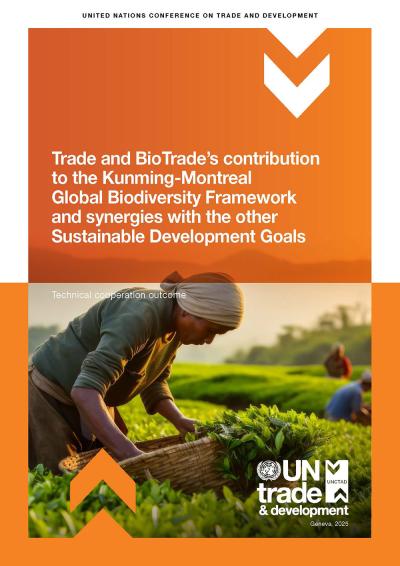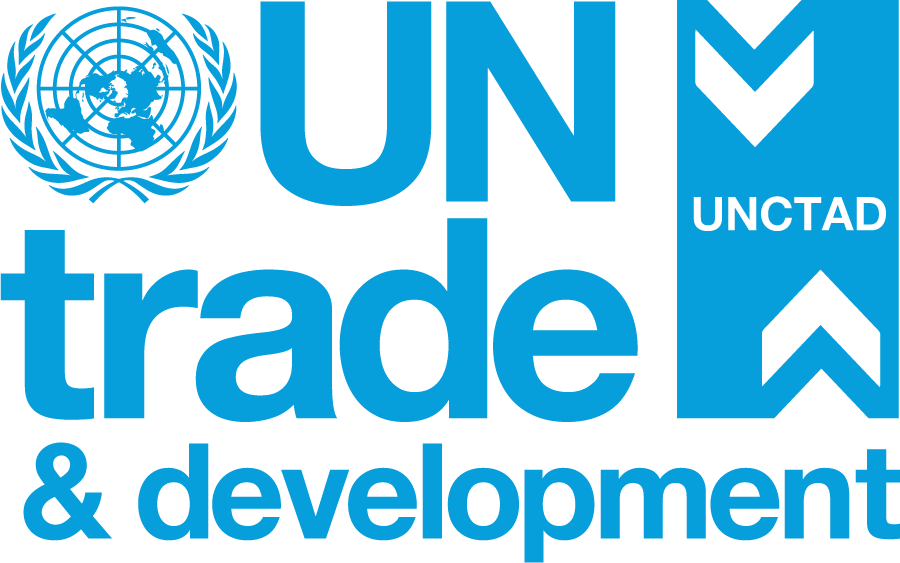
Trade that integrates environmental and social considerations can play a significant role in achieving biodiversity goals outlined by the Convention on Biological Diversity (CBD) and the Kunming-Montreal Global Biodiversity Framework (KMGBF).
More specifically, trade in biodiversity- based products offers a comprehensive approach to the sustainable use of biodiversity beyond conservation efforts by creating jobs for the poorest, improving livelihoods in remote and rural areas, and supporting rural development, economic diversification and growth.
Trade conducted under BioTrade Principles and Criteria (P&C) ensures alignment with the KMGBF and co-benefits with the three dimensions – social, economic and environmental – of the Sustainable Development Goals (SDGs), especially poverty alleviation through new business opportunities and business models that include benefit-sharing.
This paper provides an overview of the trade and biodiversity linkages and of how trade can support biodiversity objectives in the KMGBF and the SDGs. It highlights specifically how UNCTAD’s BioTrade Initiative, through its P&C, has been an enabler for transforming trade to conserve and sustainably use biodiversity and to build sustainable livelihoods.
The P&C are a set of guidelines for governments, businesses and civil society to promote sustainability across the entire value chain of various biodiversity- based sectors. This initiative has contributed to economic empowerment, including women and youth, rural development, economic diversification, and biodiversity conservation in over 80 countries.
This paper further details BioTrade’s contribution to CBD processes, and how it can support the KMGBF monitoring framework through its insights and statistical tools such as the Trade and Biodiversity (TraBio) statistical tool (UNCTADstat, n.d.-a).
In the concluding section, this paper identifies the following key findings:
- There are significant linkages between biodiversity and trade, particularly in sectors of vital importance for developing countries.
- Trade plays a role in biodiversity conservation, the KMGBF, and the achievement of the SDGs, including poverty alleviation and livelihoods.
- BioTrade serves as a positive example of how trade can be leveraged to conserve biodiversity while generating social and economic benefits.
- Trade can further contribute to achieving the KMGBF targets and its monitoring framework by integrating BioTrade and BioTrade programmes into the KMGBF framework.
UNCTAD aims to continue providing support and capacity-building to member States, in particular developing countries, for a comprehensive and coherent approach that aligns trade and trade-related measures to foster the conservation and sustainable use of biodiversity.
UNCTAD’s efforts simultaneously aim to enhance resilience, social inclusion, poverty alleviation and gender equality through its three pillars: consensus-building, research and technical assistance.


